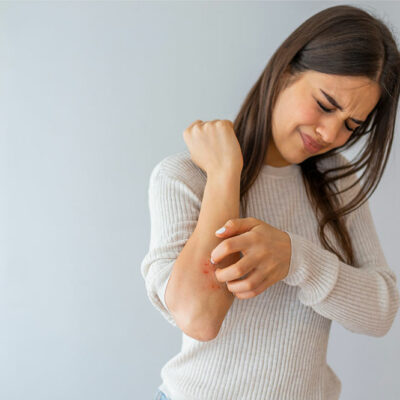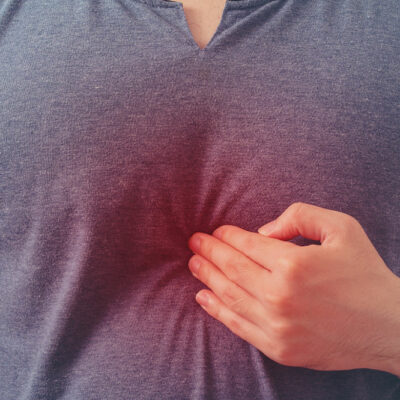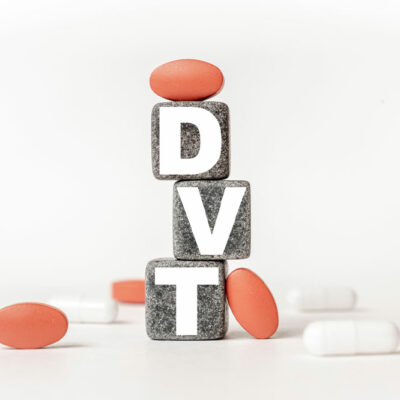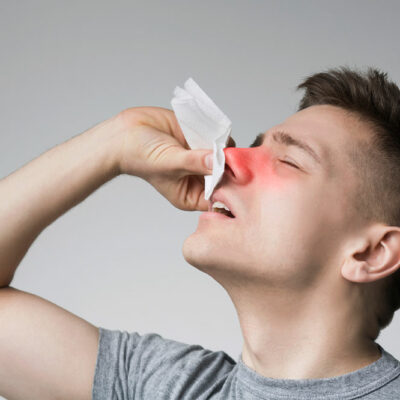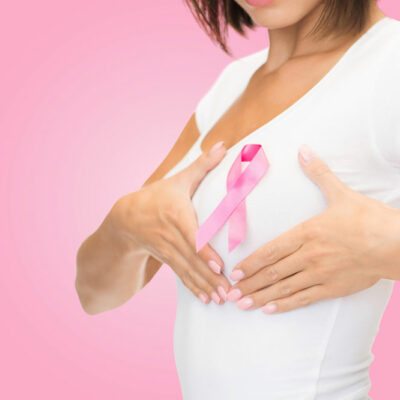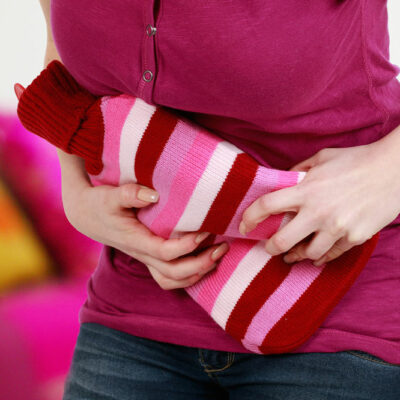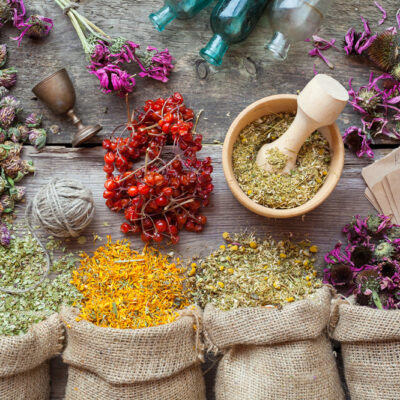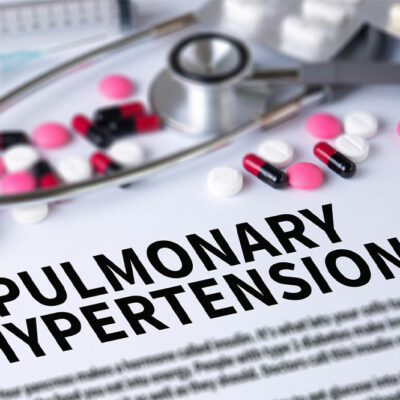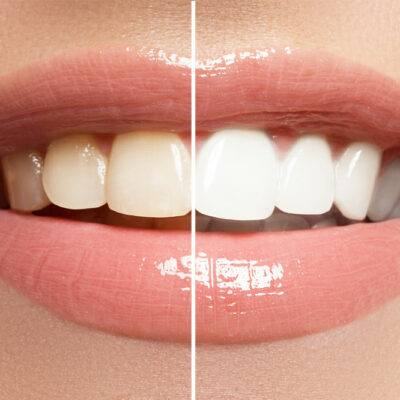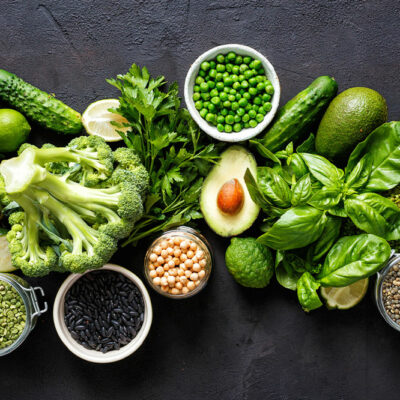
Health
4 Early Warning Signs of Colon Cancer
Cancer that starts in the rectum or colon is generally referred to as colorectal cancer. The condition is also called colon cancer or rectal cancer, depending on where the problem starts. The progressive disease develops when cells in the colon mutate and multiply rapidly and uncontrollably. It can also spread to several distant organs in the body. Here, we discuss four main types of symptoms that colon cancer patients experience in the early stages: 1. Early-stage symptoms Rectal bleeding, persistent abdominal pain, cramps, or gas are among the first signs of colorectal cancer. As the unhealthy cells mutate and spread in the colon or around the rectum, the severity of these symptoms will increase. One can also develop anemia – a lack of healthy red blood cells that carry oxygen to vital tissues. While anemia is otherwise caused due to an iron deficiency, progressive conditions like cancer in the gastrointestinal tract trigger bleeding, and excessive blood loss significantly increases the risk of anemia. 2. Symptoms related to bowel movements While rectal bleeding is the most common symptom, one must also note any abrupt changes in the color of the stools. Changes in consistency, passing narrow stools, diarrhea, constipation, or even passing empty stools are signs of a problem.
Read More 
